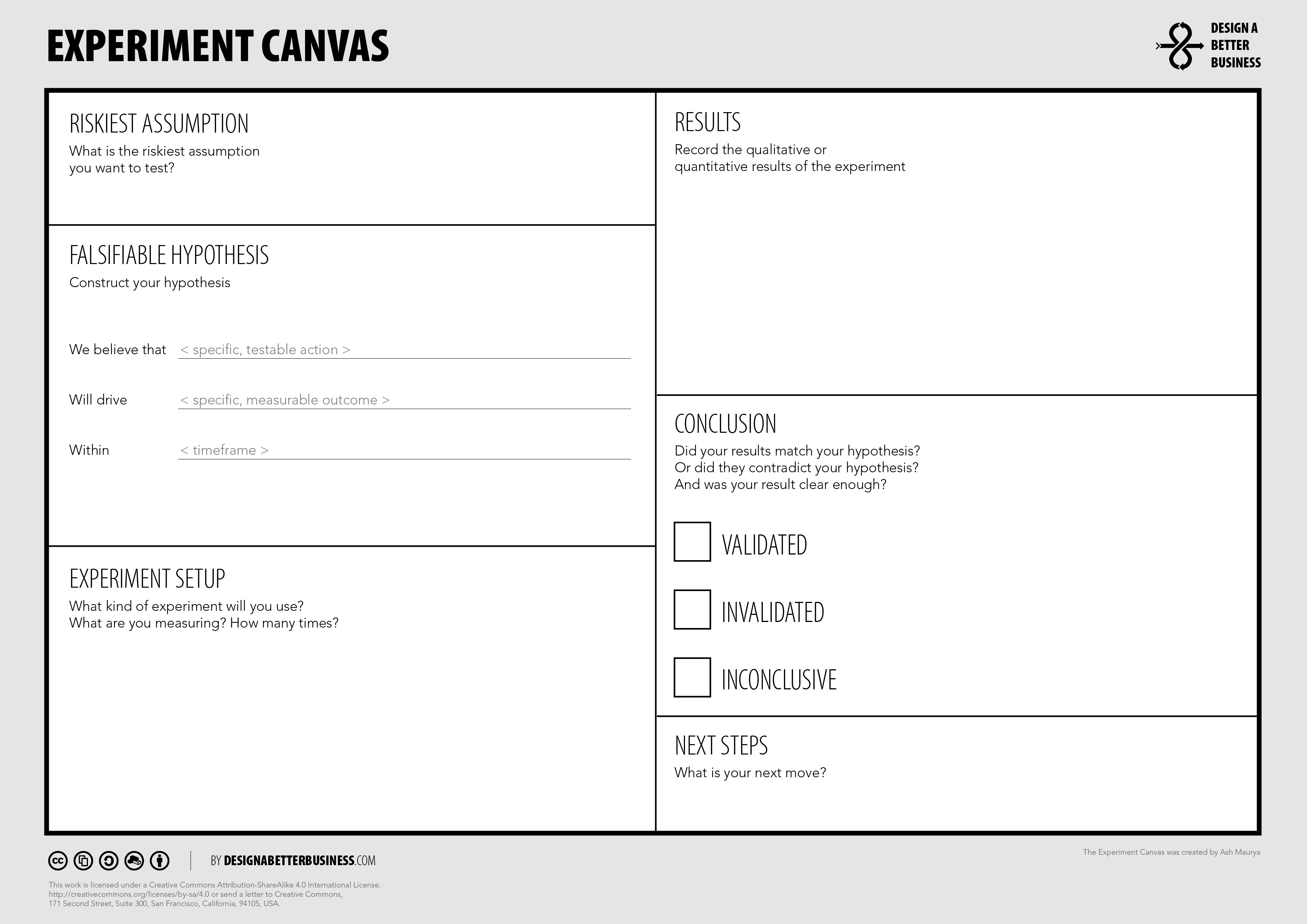Measuring product marketing
Hi, I’m James. Thanks for checking out Building Momentum: a newsletter to help startup founders and marketers accelerate SaaS growth through product marketing.
“What are your thoughts on product marketing KPIs?” is one of my must-ask interview questions.
Our work is so diverse, varied, and cross-functional that honestly, VP Marketing folks are scared of us.
They’re often super comfortable with demand gen roles: MQLs, conversion rates, CTRs. But product marketing? Inexperienced VPMs will often utter the dreaded phrase “So, how many datasheets are you going to produce this quarter?”
There’s no quick and easy answer to how you measure product marketing – and it really depends on the question you ask.
Here’s my attempt at breaking down the different questions you might be trying to answer, with an action plan for each that you can take back to the metaphorical office tomorrow.
In this post:
Measure the impact of product marketing
How do you measure the impact of product marketing? Well, how long is a piece of string? ¯\_(ツ)_/¯
This is a really common question that many early in the product-marketing-hiring journey will ask, perhaps roles where the PMM is reporting into the CEO or a first-time founder, or where the marketing director comes from a non-tech background.
Product marketing might seem complicated to outsiders, but it’s not an amorphous blob. We don’t weave magic (as much as we’d like to claim).
We usually work on a number of projects at one time, using our knowledge, skills, and experience to solve problems to improve an outcome. The trick is defining what the project is, and what metrics should be moved.
Some of these projects will be casual and everyday support, but sometimes you’ll be spending a ton of time on something – and need to prove you’re having an impact.
In these cases, I recommend setting out clear project briefs using an experiment canvas like the one below.

Of course, edit or reword this rough layout into something that works for you and your business. But broadly, an experiment canvas will be made up of:
- The assumption you’re testing
- A hypothesis statement that details what you’re testing, what you expect to achieve, and the timeframe for achieving it.
- Details on how the work will happen, and how the measurement will happen
- The results achieved
- Whether you validated or didn’t achieve the result, and what any next steps are to be
This can serve as a handy way to align stakeholders around the projects you’re working on, and also give your work a clear steer for success.
Measure the success of product marketing
Often, this question is phrased as ‘measure the success of product marketing’… but often is intended to be ‘measure the success of the product marketer’. Be very clear which one you are asking/answering.
The success of product marketing should ultimately track against the main needle-moving metric for your business each year.
For most traditional businesses, this will be revenue. For other companies, it might be a north-star product usage metric.
Each quarter, I’d expect to see product marketing work on projects that look to improve a specific metric that has an exponential impact on the main metric.
For example, a business needs to grow revenue in 2023.
- Q1 PMM projects focus on improving sales win rates.
- Q2 looks at above-the-funnel positioning to grow awareness and relevance.
- Q3 is tracking outbound sales performance.
- Q4 focuses on supporting MQL to Opp numbers.
Sometimes the focus on the main metric will change depending on the weather or the general mood in the business. And we need to look at the trends and the direction of travel, not ad-hoc metrics or enforced OKRs that don’t make sense.
Product marketing is collaborative, so the success of product marketing always depends on the relationships that exist between our stakeholder teams.
And we might run, inform, advise the work – but not have an active role in delivering or implementing. The success of product marketing cannot be based on a single metric, whether achievement or failure – but the whole of product marketing is more than the sum of its parts.
Monitor the performance of the product marketing team
I’ve phrased this in a specific way, but as above, some people ask this question and aren’t entirely clear in what they really mean: how do we monitor or measure the performance of a product marketing manager on a personal, role level?
This is probably the hardest question to answer.
Ultimately, you’ll need to measure their performance based on the job description you (hopefully) spent time carefully crafting, the role levels and expectations that you (hopefully) can lean on for consistency, and clear indicators of company culture.
Can you measure the performance of a product marketer on a single metric? No. On a single project? No. On the first underwhelming quarter? No.
On a consistent trend of underperformance? Definitely. On an unforgivable behavior? Absolutely. On a lack of response to well-attempted coaching? Sure.
The lack of clear metrics that product marketing owns is often confused with lack of accountability. It isn’t. Hold product marketers to account on the impact and the success they drive for your business.
Don’t track deliverables
Don’t bother trying to track product marketing with the number of deliverables created. It does nothing except drive busywork.
In fact, it has the inverse effect. Using metrics like the number of datasheets or webpages created, as a proxy for productivity, actually lessens the total impact that your product marketing team can deliver.
Evolve your approach
As you and your product marketing team mature, you’ll find new ways to monitor and measure product marketing through things like control groups, incremental revenue, testing, and more. Your approach will evolve and that’s a good thing.
Just remember to be clear on the questions you’re trying to answer. Impact isn’t success, and success isn’t performance.
Thanks for reading! Let me know what you thought – find me on Twitter and LinkedIn.
P.S. If you’ve found value in Building Momentum, could you buy me a coffee? Here’s my tip jar – any support is gratefully appreciated!
P.P.S: If you enjoyed this post, will you share Building Momentum with your network?

